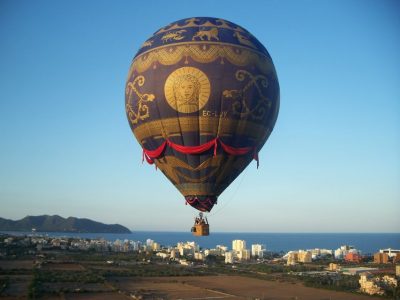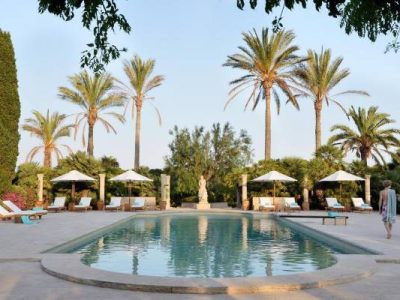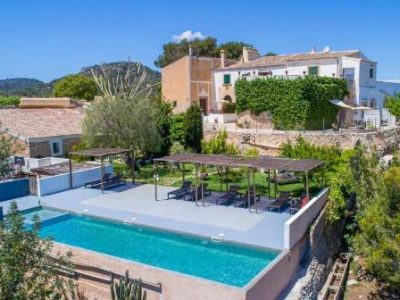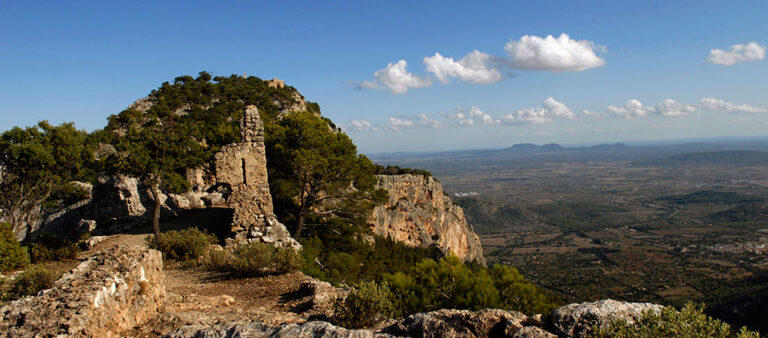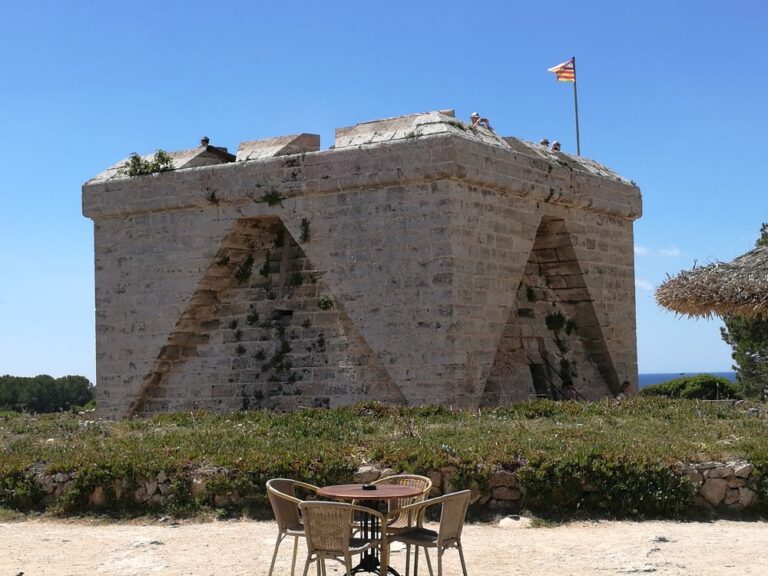All your holiday planning needs in one place, letting you book direct and benefit from official online rates
- Places To Go
- Things To Do
What’s Your Interest?
Traveling with kids
- Blog
Castell de Santueri
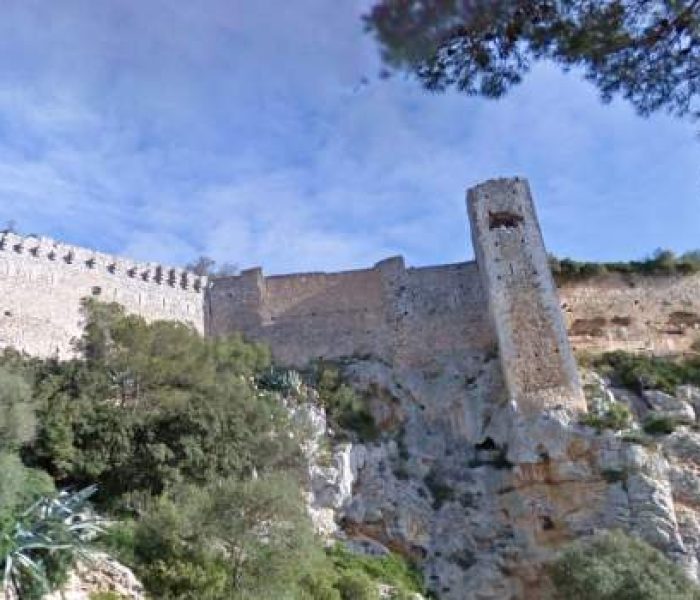
FEATURED EXPERIENCE

Private Hot Air Balloon Ride in Mallorca with Champagne and Snacks
From: €375
- Lowest Online Rates
Castell de Santueri is one of Mallorca’s three rocky castles (Castell d’Alaró and Castell del Rei), which has been built in the rugged terrain of the mountains. The castle spans over a surface of 42,600 km2, and located at the summit of the Mountain of same name in 423 meters altitude outside Felanitx.
Castell de Santueri is, despite of its name, not a traditional castle where nobility resided, but a fortress. However, it is on the top 10 list of the most interesting Spanish castles. See the full list and vote here.
The fortress was declared a place of Cultural Interest in 1949 due to its importance and heritage.
History of Castell de Santueri
The usage of humans of this place dates from the Bronze Age where it served as a place of worship and veneration. Later, during Roman and Byzantine rule, the place continued to serve for various purposes. It is actually believed that the place has its name from the Roman times, as Santueri derives from the Latin word Santuerium.
The fortress was modified and expanded during Moorish rule of the island, in the years between 903 and 1231. Also, the quadrangular defense towers are elements dating back to the Almoravid era.
In the spring of 1230, King Jaume I of Aragón and his almogavars initiated a second campaign in Mallorca, this time to capture the so-called “foreign areas” of the island, areas outside the administrative border of Madina Mayurqua (present day Palma), which included Felanitx. The Moorish population that lived here at that time took refuge and retrenched themselves in Castell de Santueri, which at that time was not the castle preserved today, but a more primitive fortification. This was one of the last strongholds of Muslim resistance left on the island in the years of the conquest, and was not surrendered until 1231.
Local legends tells about brave shepherds taking part in the battles of the Santueri castle, forcing Muslims to throw themselves off the cliffs with their heads inside clay pots.
The walls of the fortress were completely redone in 1348, where 370 battlements were added. Moreover, the circular tower known as “Homage” was added to the fortress.
The fortress was gradually adopted for long term stays during sieges, lands for cultivation was laid, mills driven by animals were installed, as well as an oven and a chapel.
In the years between 1521 and 1523, the most violent civil war of Mallorca broke out; La revolta de les Germanies (the revolt of the Brotherhood). In a time when things were bad in Spain and in Mallorca, the artisan guilds formed small parallel communities all over Spain because they were dissatisfied with the massive tax loads that more or less suppressed society and kept it in poverty. Eventually, this came to multiple clashes, and in Felanitx, those who were against the Brotherhood and supported the crown, took refuge and retrenched themselves in the Santueri fortress.
In the time after this, Castell de Santueri served solely as a lookout for pirates and threats from the sea, before it entered a stage of decay and degradation during the 17th and 18th centuries.



